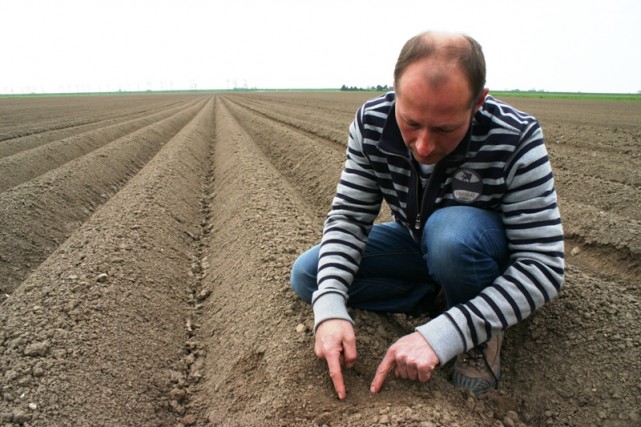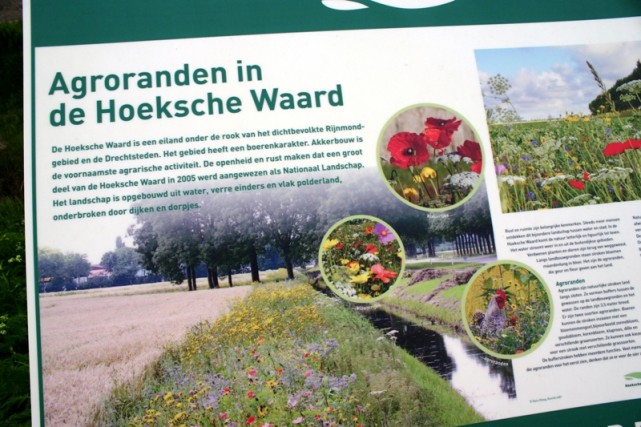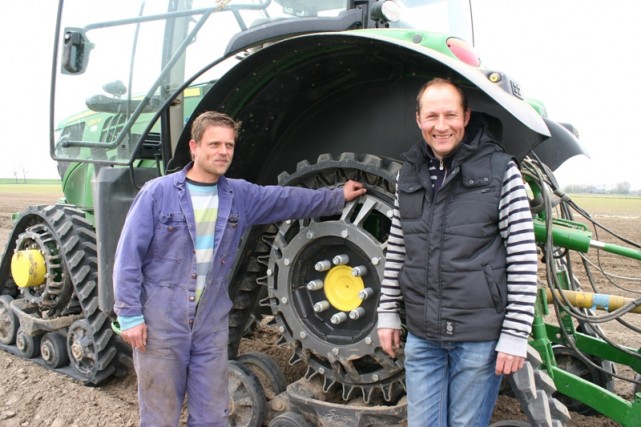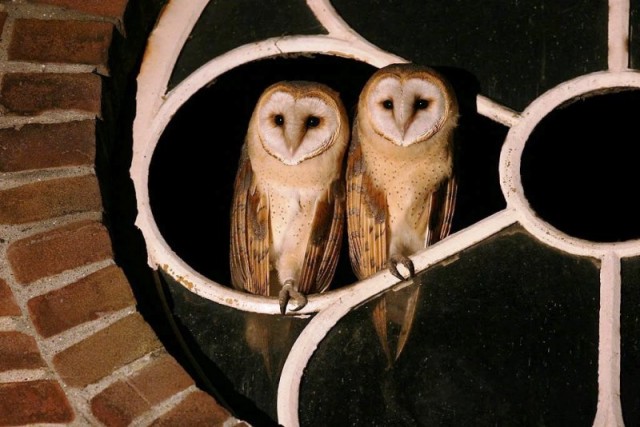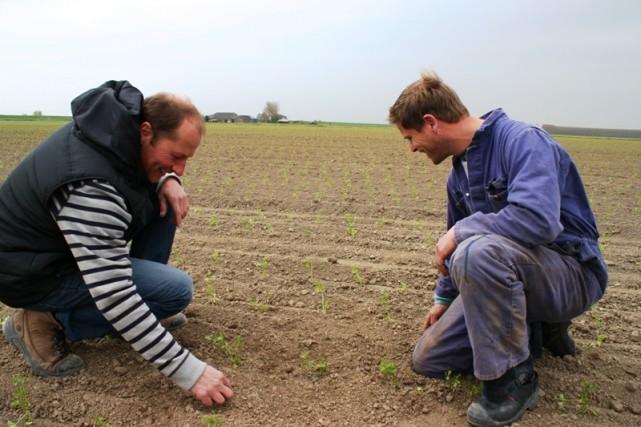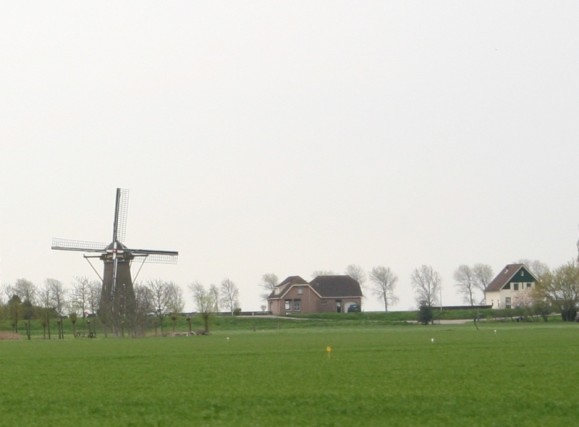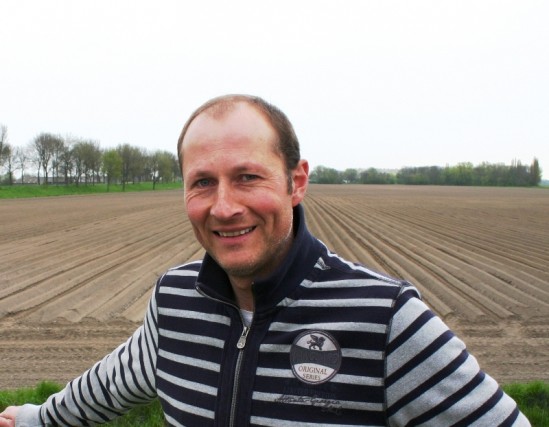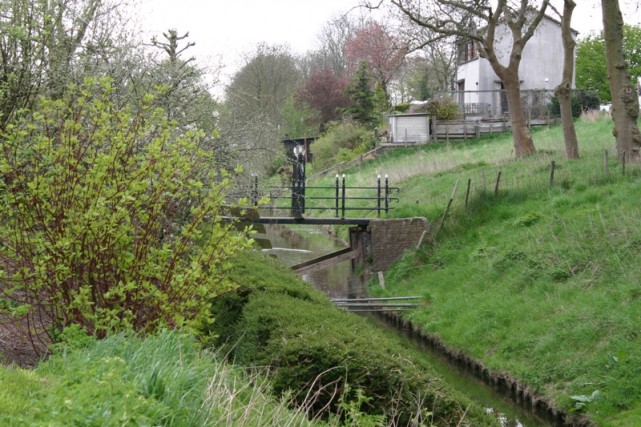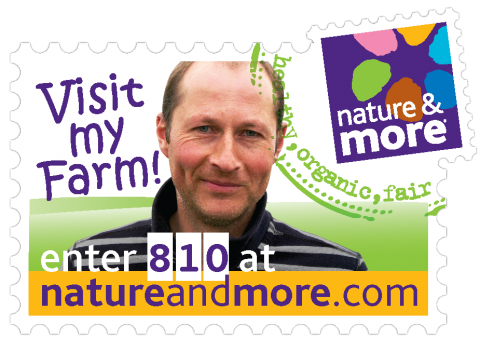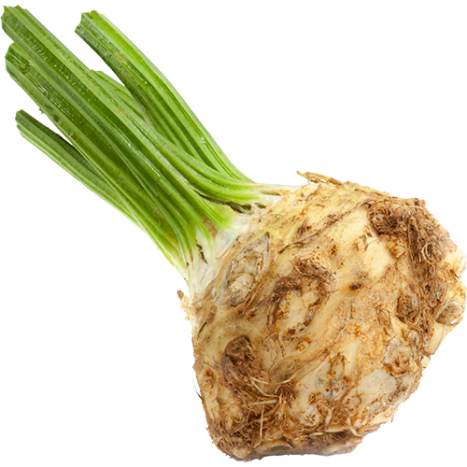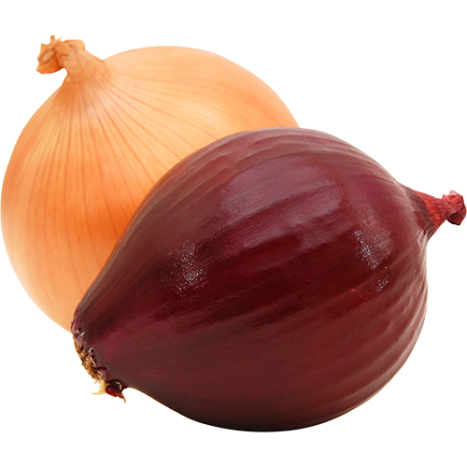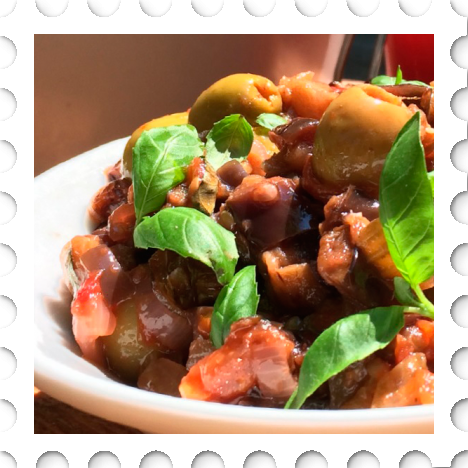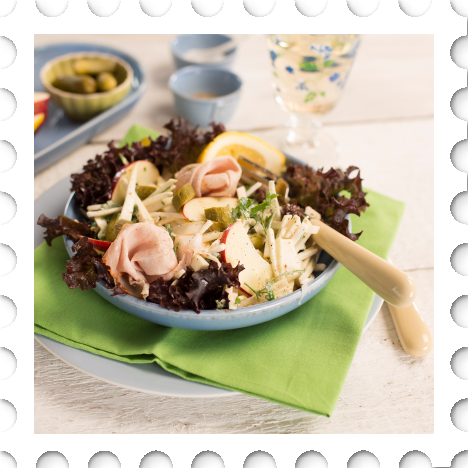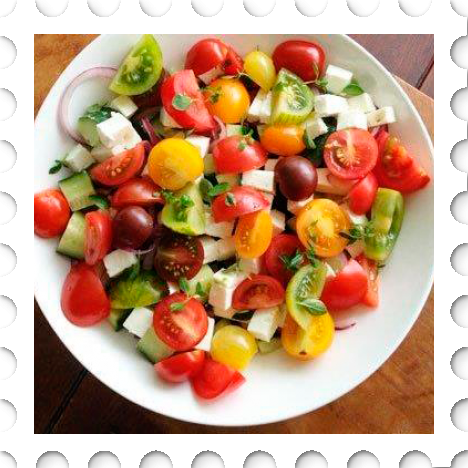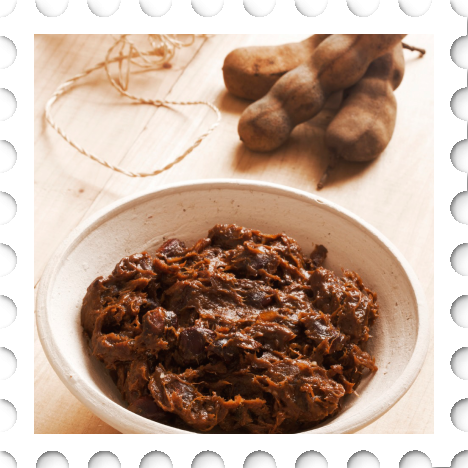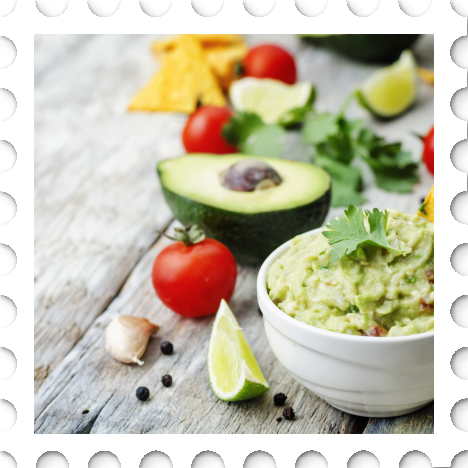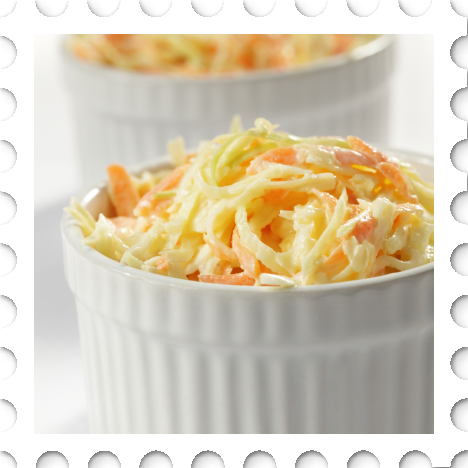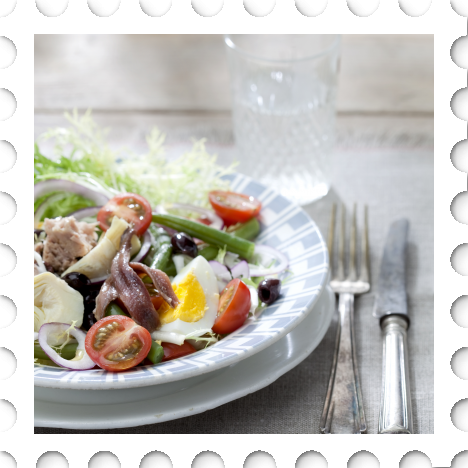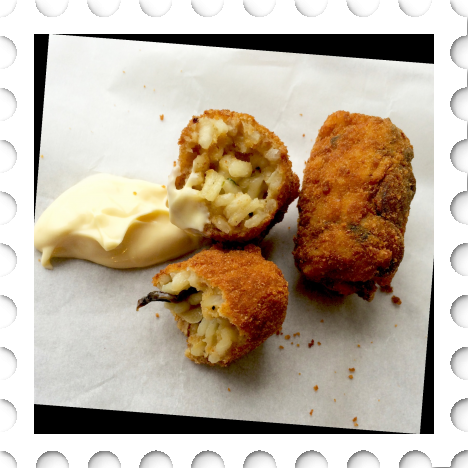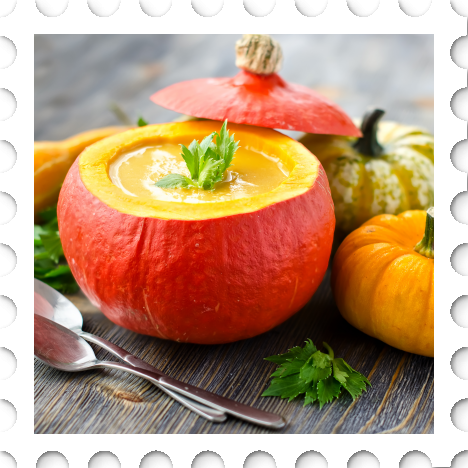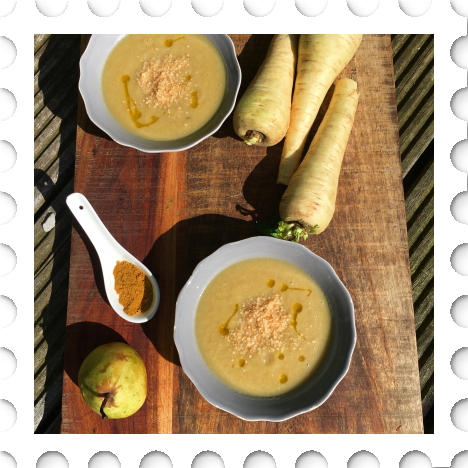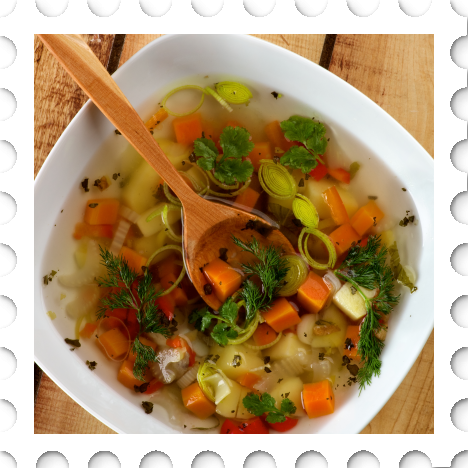The Biostee land consists of marine clay and is perfect for our crops. We met at a lecture about organic arable farming and realised that all three of us were looking for a new direction. There are unique challenges involved in organic farming: the soil serves as the basis and the soil structure is easily destroyed by heavy machines. This can be prevented by weeding and harvesting manually, but this type of labour is expensive here in the Netherlands.
We worked out a system involving row crop farming and have bought machines that track widely and can work a large width at a time. The machines always drive on the same paths, so the wheels touch the ground as little as possible. This results in a wonderfully loose soil which is perfect for crops. Weed control without herbicides is also a challenge, but we enjoy finding new methods that do not require any spraying of chemicals on crops. We opted for a GPS-controlled hoe that moves right past the plants and allows us to work large surfaces. People sometimes say that it is impossible to feed the world population with organic agriculture, but we think it is possible.
We aim to feed the soil with organic material, to not deplete the soil with artificial fertilisers or chemicals, to not destroy the soil structure by driving heavy machines across the land and to use modern technology to fight weeds. This way, our company delivers delicious products and we hope this will continue for generations to come.



